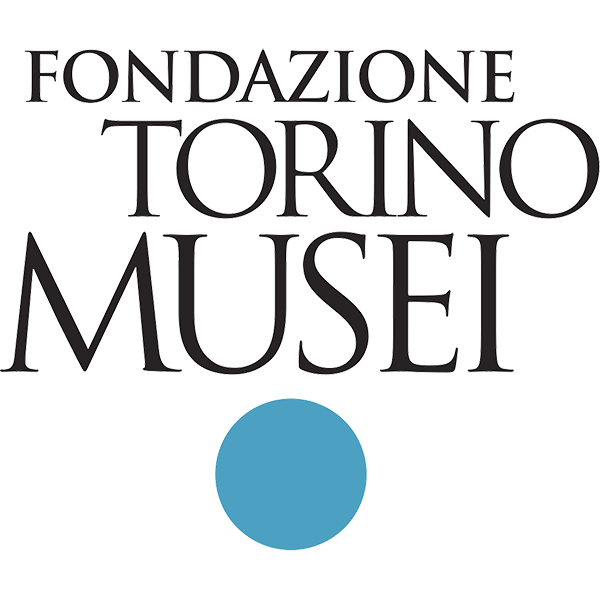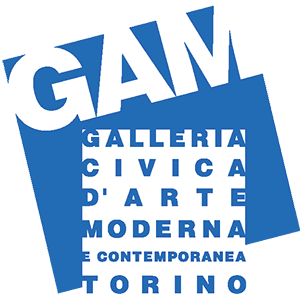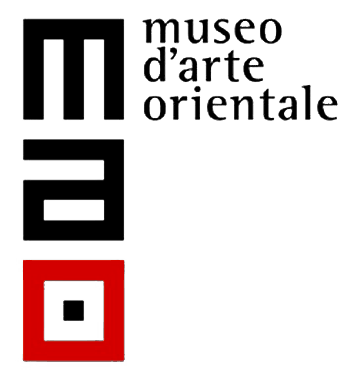A FASCINATION WITH ITALY
- Exhibition
- 13 July 2018 - 23 September 2018

curated by Riccardo Passoni
The Modern Art Gallery of Turin presents an exhibition with over 100 photographs, taken from after World War II to the early 2000s narrating the story of Italy through images: the landscape and cities of our country explored by 14 photography legends, both in the architecture and in the human and social dimension. These black-and-white and color images, chosen above all to examine the interpretation of “exteriors,” span from the Alps to major cities, like Turin and Milan, then continue along the Apennines in Emilia-Romagna all the way to the South, between Naples and Matera, finally reaching Sicily.
Landscapes, places, and so-called non-places are all part of this survey.
The decision to present this exhibition at the Modern Art Gallery arises from the desire to focus our attention once again on the theme of photography, which has unfortunately been left out of the events program for at least ten years and which undoubtedly constitutes a valuable support for our collections. In fact, around the year 2000 the Modern Art Gallery, followed by the Fondazione CRT per l’Arte Contemporanea, had amassed a considerable photography collection from post-World War II onwards. Almost all the major figures in photography have become part of our collections.
Early Neorealist “reportage” work and political documentation are found alongside depictions of the Italian landscape plus interpretations of refined formalism and research on a seemingly simple optical truth of architectural documentation. This exhibition will lead visitors along a journey of constantly changing sensibilities and atmospheres, both intense and different. What emerges, between the lines, is a historical-temporal perspective of the interpretations of the subject-landscape. Anti-rhetorical narrations will leave room for a new image rhetoric. There will be no distinction between a shot taken on the fly or in skillfully analyzed situations.
In the photos of Nino Migliori (Bologna, 1926), places and the effects of man predominate. His pictures of fragile people are crafted with an intentionally narrative tone. He is perhaps the photographer who was the first to skillfully interpret the power of Neorealism.
Gianni Berengo Gardin (Santa Margherita Ligure, GE, 1930) seems to belong to the same order of attention: his lens focuses on themes of unrest and social underdevelopment, in a dimension of extraordinary popular legends.
The themes of archaic backwardness, the threshold of humility, are found in the works of Mario Cresci (Chiavari, GE, 1942), though in a more conceptual analysis. Land and memory are investigated from man’s point of view as places of work, like quarries.
Mimmo Jodice (Naples, 1934) is able to interpret, in black and white, in both a simple and profound way, secondary landscapes and places of high cultural and monumental intensity, as portrayed in themes relating to Southern and Northern Italy.
Mario Giacomelli (Senigallia, AN, 1925 – 2000), too, focuses his attention on “low-brow” culture, depicting above all the countryside. But this leads to an amazing formal rereading of extreme potential of fields governed by man, making the most of black-and-white photography.
Franco Fontana (Modena, 1933) aims his lens on the same landscape horizon, but through the use of triumphant, powerful color—one of extreme excitement for the age. A color interpreted through the mind, intended to portray the naturalness of the subjects in an abstract dimension.
The color photography of Luigi Ghirri (Scandiano, RE, 1943 – Roncocesi, RE, 1992) is of a totally different slant. His “empty” landscapes, almost untouched by human presence, impose a new view of things, of architecture, and of the landscape. What surfaces from his pictures is an invincible feeling of mystery, which projects us into a new dimension of interpreting the world.
This consideration also holds for the extraordinary photos - but in black and white - by Ugo Mulas (Pozzolengo, BS, 1928 – Milan, 1973). His landscapes oblige us to look at his subjects in a different way; they make us dizzy for what we had not been able to see before. This also pertains to his investigations of the foggy suburbs of industrial cities that take on, paradoxically, a powerful, unique allure.
Black-and-white photography is the tool needed to give force to the pictures of Uliano Lucas (Milan, 1942). In fact, his works are a j’accuse: they depict urban and industrial dimensions, where however it is man who prevails. His photography records struggles and suffering, set in a collective dimension.
The photography of Ferdinando Scianna (Bagheria, PA, 1943) is also in black and white. The people and places he portrays lead us to consider them in an anthropological dimension. These images, like landscapes, are full of contrasts: sun-light/darkness, in a quasi-dazzling setting.
The black-and-white photos of Gabriele Basilico (Milan, 1944 – 2013) are striking for their conceptual objectivity; architecture and emptiness emerge from his pictures. The dimension is urban, suburban, but not only; the rule of geometry, especially perfect, presents us with a new order of considerations concerning the nature of architecture and its potential to connote the contemporary landscape.
The pictures of the Abbey of San Galgano by Aurelio Amendola (Pistoia, 1938) are aware of the significance of volumes and weights in the architecture. Exteriors, interiors, details are interpreted with religious simplicity.
Enzo Obiso (Campobello di Mazara, TP, 1954) works on the potential of black-and-white photography; his sunny Sicily is not scaled down in any way, but rather its places heighten the potential of mystery, of surprising apparitions.
The controlled color in the photos by Bruna Biamino (Turin, 1956) carries us far away, in a sort of milky dream. Architecture, unadorned landscapes, watery places allude to suspension and emptiness; they contain, at the same time, a lasting state of concentration and disorientation.






